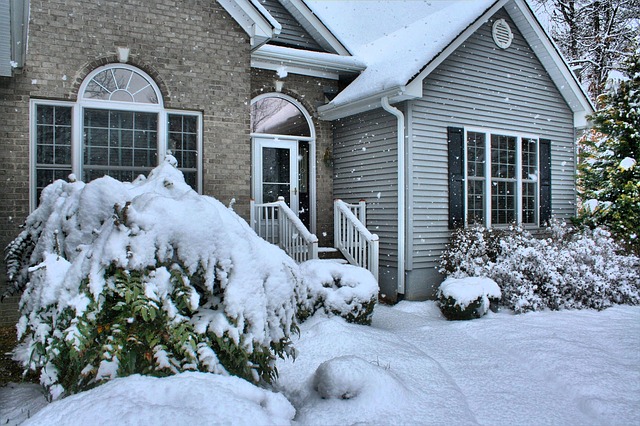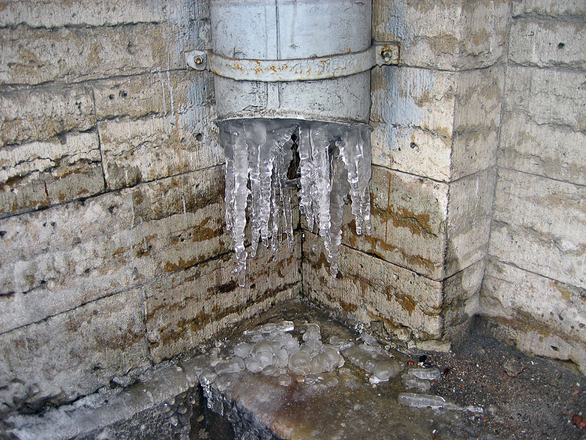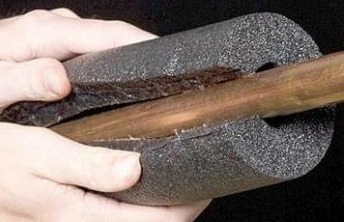Winter Home Maintenance Tips
Anyone who lives in a cold climate knows that winter can be especially hard on a house. This winter take all the necessary precautions ahead of time so you can keep warm and save some money along the way. If you follow these winter home maintenance tips you’ll be well on your way.

A couple of these things have already been covered in my Fall Home Maintenance Checklist, and if you’ve crossed them off your list you’re in good shape. But there are a couple of things specific to areas that get snow and ice that should be taken into consideration.
Exterior
- Use binoculars to check the roof for missing or damaged shingles before the first snowfall. Missing or damaged shingles can lead to water leaks in winter as there’s often snow left sitting on the roof.
- Remove leaves and other debris from gutters so that melted rain and snow can drain properly.
- Add extensions to downspouts if necessary so that water from melting snow runs 3-4 feet away from the house.
- Tie up your evergreen trees and shrubs so that they don’t become permanently misshapen under the weight of ice and snow.
- Turn off exterior faucets – undrained water in pipes can freeze which can cause pipes to burst as ice expands.
- Prevent door locks from freezing before it happens. Spray a small amount of powdered-graphite lubricant into each lock once a season. In a pinch you can also put some Vaseline on the key and the turn the key in the lock.
- Stock up on salt and/or snow-melt and make sure your shovel is placed in a easy-to-reach spot.
- If you have a snowblower make sure it’s fuelled up and ready to go.

Interior
- Tune up your heating system. Make sure furnace is properly maintained and change the furnace filters.
- If you have a wood-burning fireplace get it cleaned and inspected by a certified chimney sweep. Built-up creosote and soot can ignite and cause a fire.
- Repair leaks in any drafty areas. Windows and doors may require caulking or new weather stripping, baseboards may require caulking, and electrical outlets may need insulation gaskets. These minor upgrades can save you a ton on your heating bill.
- Check heating ducts and clean out any large amounts of dust or animal hair.
- Reverse ceiling fans to force warm air downward.
- Check operation of smoke and CO detectors. These always need to be in good working order but the new season is a good time to check them – particularly with all of the heating elements about to be added to the house.
- Cover any exposed pipes that run along exterior walls or are in unheated areas with pipe insulation. Failure to do so could result in burst pipes if the temperature drops low enough.
- If you have an attic hatch with a pull-down ladder consider getting an insulated cover. Other wise you’re leaving a pretty big area for cold air to get through.

The best way to preserve and maintain your home’s value is with regular and consistent maintenance. So take care of problems BEFORE they become problems.
All photos courtesy of Getty

Comments